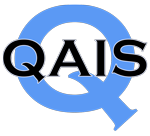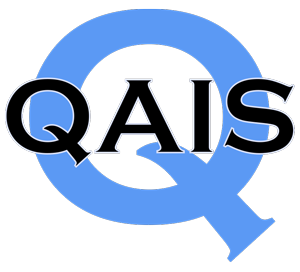Jun 29
20160
commentsBy admin
Tagsindustry standards inspection QAIS Inc Quality Assurance quality inspectors specialists specifications third party source inspection vendor facility
Third Party Source Inspection
Third Party Source Inspectors are Quality Assurance individual specialists that pay special attention to detail in every step of the customer purchase order. A third party inspector like QAIS, Inc. works for you to monitor the inspection work at the contract vendor, ensuring the Inspection Test Plan is followed and the vendor Quality Control department has completed their job in accordance to the approved quality manual and specifications.
What do we do to make A Third Party Source Inspection Worth Your Time and Money?
• It is more economical to send an unbiased third party Inspection service such as QAIS, Inc. to witness what is happening on a real time basis at the contracted vendor facility.
• Given the updated purchase order, drawings, and technical specifications, we can give a customer a detailed technical phone call before leaving the vendor facility, reporting on his purchase order in expediting or fabrication production within 24 hours.
• The bottom line is all about saving the customer money by making sure they receive the product that they have ordered in accordance with their specifications on the timeline that they expect.
• We provide in depth reports on the quality of the fabrication and expediting of raw material, parts, etc., that are required to produce the contracted product.
We work for all industries. Your orders are a top priority for us and we strive to guarantee that the entire customer requirements are witnessed and reviewed or inspected per the purchase order & inspection test plan. Give us the specifications for any product. We will ensure that your contracted vendor produces the correct results in accordance with your agreed time line.

